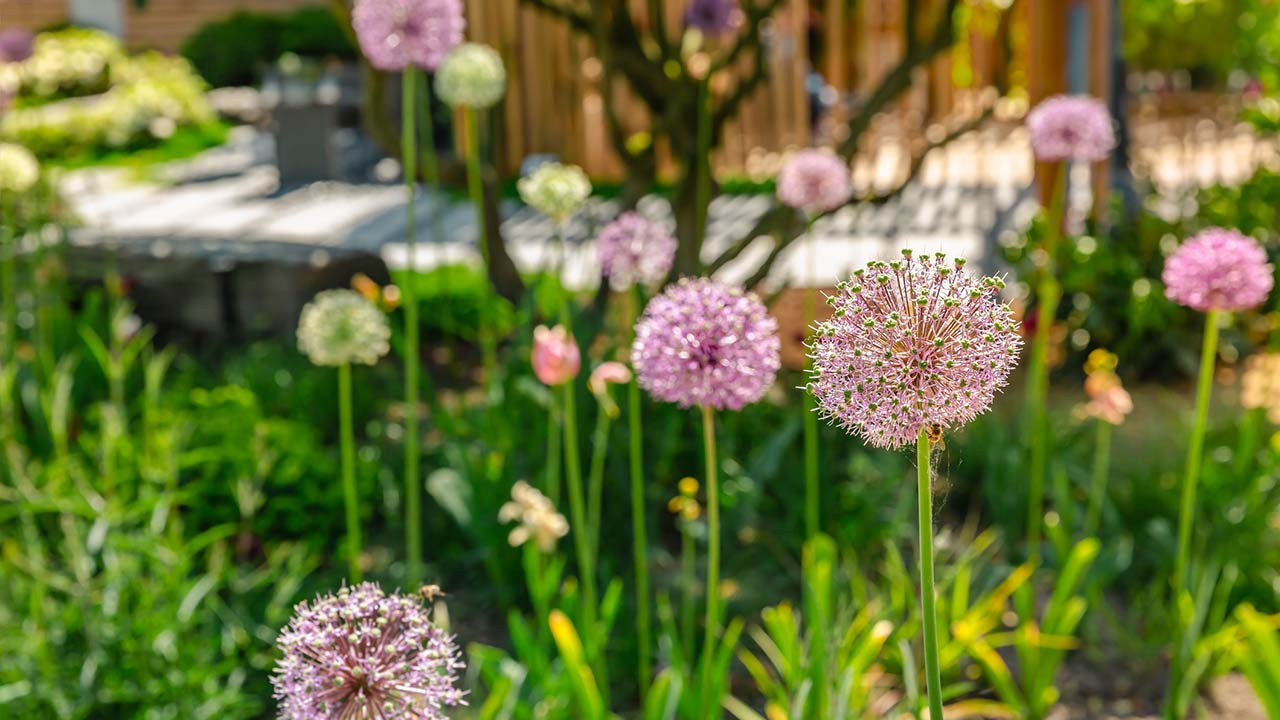How Californians Are Going Green at Home
It’s amazing. California went from a major energy crisis to a clean and renewable power leader in just 15 years.
The Golden State has an ambitious goal to reach 33% renewable energy by 2020, and the way things are going, it looks like they just might reach that milestone. Californians are really stepping up, which is why almost a quarter of its electricity use currently comes from renewable sources.
So how are Californians doing their part to go green at home?
Eco-Friendly Housing Construction

Four years ago, California launched its green housing legislation that requires new home construction to use renewable materials to construct homes. This includes roofing materials, cabinets, countertops, and insulation. Green homes not only emphasize the importance of the health of the planet, but also that of homeowners.
Not only do ‘green’ home improvements help the environment, they can also add value. A certified green home sells for an average of 9% more than a non-green home in California. With the average home price in California currently at around $400,000, that means green homes get an average of $34,800 more at the point of sale. When you consider how much more you can potentially sell your home for whenever you decide to move, it’s worth the investment.
And to sweeten the deal, California incentivizes green home construction by offering homeowners $2,000 in rebates on buildings that meet green standards in construction materials, as well as energy use and air quality.
Solar Panels

Sunshine energy is totally free, and can help power up many systems and appliances in our homes. Californians are getting this, and are continuing to look towards solar panel systems to help cut down on their carbon footprint. Homes with solar panel systems have a significantly lowered dependency on the power grid, helping homeowners slash their utility bills at the end of the month while doing their part to fight global warming.
And while solar panel systems can be pretty pricey (about $15,000 for the average-sized home), the much-cheaper energy bills can help offset these upfront costs. In fact, homeowners can cut as much as 75% off their utility bills every month.
Programmable Thermostats

Just about 50% of our energy consumption is used to heat and cool our homes. That’s a lot. So it only makes sense to place a lot of focus on this realm in order to save energy. And one of the easiest ways to cut down on this usage is to install a programmable thermostat.
These handy gadgets can be programmed to lower the air conditioning when nobody is home during the day, then increased shortly before family members make their way back home from work. Homeowners have the potential to save up to 20% off their heating and cooling bill at the end of each year.
Water-Conserving Fixtures

In addition to shutting the faucet off while brushing your teeth, or turning off the shower-head while shampooing, you can also cut down on water usage at home by using water-saving fixtures. Low-flow toilets, faucets and shower heads are a few examples of fixtures that use much less water to do the same job. They’re a great way to go green at home, and Californians are doing just that.
Gray Water Systems
Don’t worry – we’re not talking about bacteria-infested water here. Instead, ‘gray water’ systems capture and filter gently-used water from bathroom sinks, showers, tubs, and washing machines. None of this ‘used’ water ever comes from toilets, so it never comes in contact with anything superbly nasty. The water is not used to drink, but rather to do things like water the lawn or flush the toilet.
Ever since the drought plagued the state, homeowners and business owners all over California have been adopting these systems to cut back on water use. And it’s working – water usage has been slashed in half ever since gray water systems have been embraced.
Energy-Efficient Appliances

Still have a washing machine or dishwasher that was around before cordless phones came around? Then you’re lagging behind the times. More and more Californians are swapping their energy-sucking appliances in favor of energy-efficient models that use a fraction of the power and water to do the same job.
Energy Star-rated appliances have a restriction on the amount of water these appliances use. Chew on this fact: old pre-90s dishwashers use 10 gallons more water than newer ones, and eco-friendly toilets can reduce water usage by as much as 60%. Homeowners have monetary incentive to make the change, as the government offers rebates to help make the purchase more affordable.
Even the smallest of steps can make a huge difference, both in terms of the impact on the environment, as well as the monetary savings in energy bills. California has seen its fair share of energy debacles over the past couple of decades, but residents have definitely stepped up to the plate to make a change – and it’s working.








